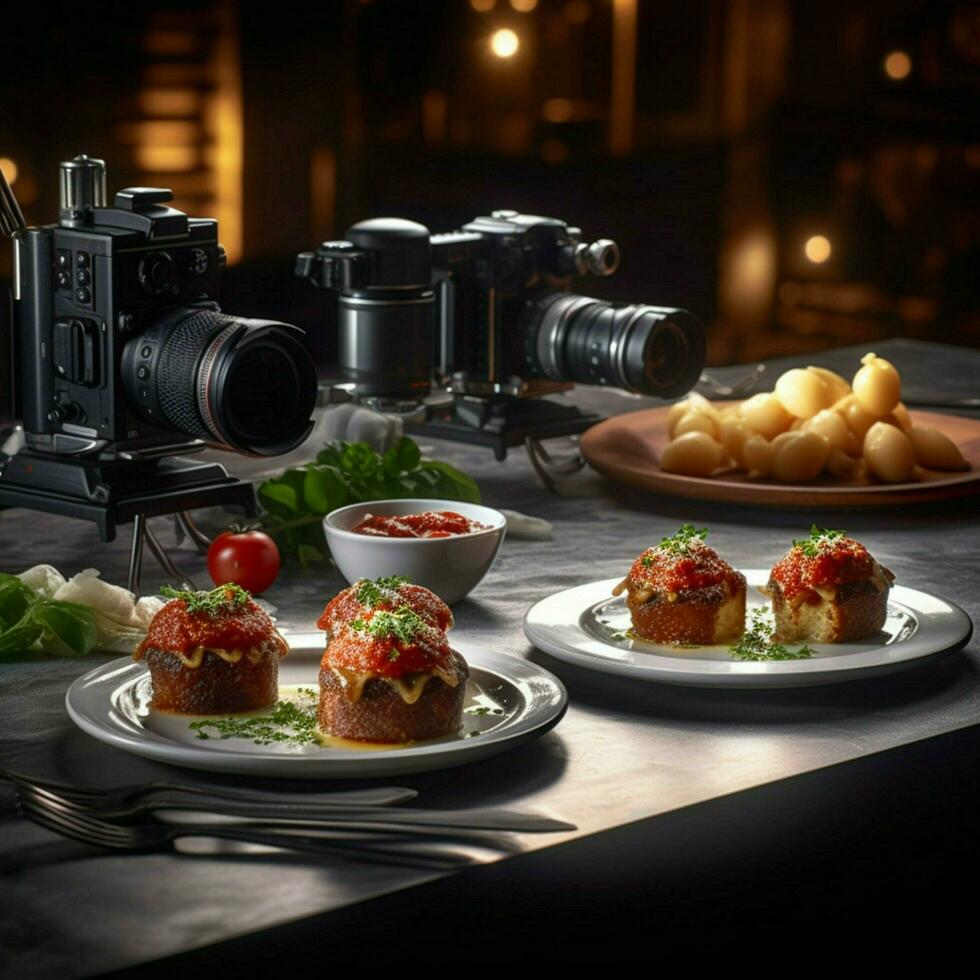There’s something mesmerizing about cinematic slow-motion cooking videos—the way honey drizzles in thick ribbons, dough stretches under a rolling pin, or a burger patty sizzles as it hits the grill. Slow-motion doesn’t just show food; it celebrates it, turning everyday moments into something extraordinary. To shoot effective slow-mo, use a camera with high frame rates (120fps or higher for buttery-smooth footage) and plenty of light—slow-motion requires more exposure to avoid graininess. Focus on textures and movement: cracking an egg, flipping a pancake, or pulling apart gooey cheese are all prime candidates.
Editing is where slow-motion truly comes alive. Speed ramps—transitioning between normal and slow-motion speeds—add drama. For example, start a shot at normal speed as a chef picks up a knife, then slow down as the blade slices through a tomato, emphasizing the burst of juice. DaVinci Resolve is perfect for this, allowing frame-by-frame control over speed changes. Pair your slow-mo with enhanced sound design: amplify the crunch of a crust, the fizz of a drink being poured, or the quiet thud of a knife hitting a cutting board. These details make the experience immersive.
Color grading slow-motion footage requires a delicate touch. Because slow-mo exaggerates motion blur, sharpen key details in post—like the edges of a chopping knife or bubbles in a boiling pot—to keep the shot crisp. Use DaVinci Resolve’s temporal noise reduction to clean up graininess from high ISO shots. For color correction, aim for higher contrast than usual; slow-motion can wash out colors, so boosting vibrancy (without overdoing it) helps the food stand out. Backlighting creates a dreamy effect, especially for liquids or steam.
The best slow-motion cooking videos feel like tiny movies. They have a beginning, middle, and end—even in 15 seconds. Start with anticipation (a chef preparing to plate), build tension (the slow reveal of the dish), and end with satisfaction (the final, perfect bite). Use slow-mo strategically—not every shot needs it. The contrast between normal and slowed footage is what makes it impactful. When done right, your videos won’t just showcase food—they’ll make people feel it.

